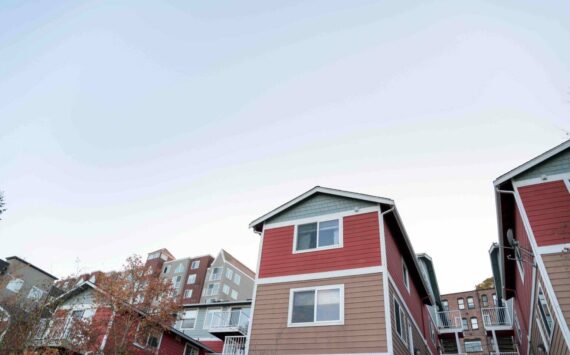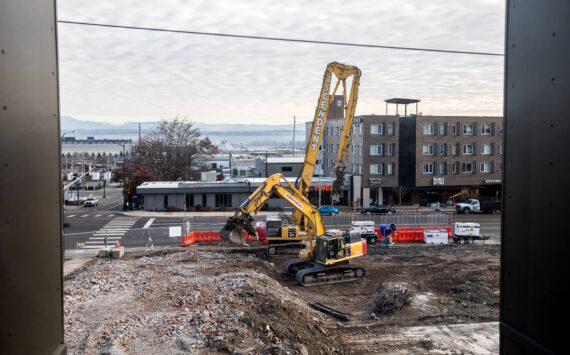OLYMPIA—Washington’s public schools are supporting more students to earn a high school diploma than ever before. At the same time, public schools are providing an increasing number of students with opportunities to engage in advanced coursework, and students are graduating more prepared for postsecondary education, careers, and civic engagement than ever.
According to data released by the Office of Superintendent of Public Instruction (OSPI), the 4-year graduation rate for the Class of 2023 reached 83.6%, an increase of 1.3 percentage points since 2022 and a record high in Washington state. The total number of graduates in the Class of 2023 has also increased by over 1,200 students.
Over time, more Washington students have earned their high school diploma through more rigorous, advanced course-taking. Data from the Washington State Education Research and Data Center (ERDC) show an increasing trend in the rate of students enrolling in dual credit courses (as of 2022)—where students can earn both high school and university-level credit at the same time—and a decreasing trend in the rate of students who start college needing to take pre-college courses (as of 2021).
“Over the past five years, our Legislature has invested in more school counselors, expanded pathways to graduation aligned with student interests, and increased student access to rigorous coursework,” said State Superintendent Chris Reykdal. “At the same time, our schools have made enormous progress in transforming their offerings and services to center on student needs and interests. These efforts have all made a significant difference for our students.”
Nearly every student group in the Class of 2023 saw an increase in their 4-year graduation rate compared to 2022. The largest gains were made by students who are identified as American Indian/Alaska Native, whose graduation rate rose by 3.7 percentage points. Students who are experiencing homelessness and students with disabilities also made gains, with their graduation rates rising by 2.3 and 1.5 percentage points, respectively, as compared to 2022.
Graduation rates for students from previous cohorts who stayed in school beyond their fourth year to reach graduation are also rising. The Class of 2022 reached a 5-year graduation rate of 86%, also a record-high. The Class of 2021 reached a 6-year graduation rate of 86.5% and the Class of 2020 reached a 7-year graduation rate of 87%.
As more students earn a diploma, the number of students who are doing so with more rigorous coursework to show for it is trending upward. Dual credit courses are advanced courses that provide students with the opportunity to earn university-level credit while still in high school. These courses include Advanced Placement, Cambridge International, College in the High School, International Baccalaureate, and Running Start.
In the Class of 2022, the most recent year for which data from the ERDC are available, 62.5% of students graduated having completed at least one university-level course.
“Engaging in advanced coursework has been shown to better prepare students for postsecondary education, but since out-of-pocket fees are often required, not all students have access to these opportunities,” Reykdal said. “I am proud of our collective efforts to make progress on fixing this inequity. Every student who wants a more rigorous opportunity should have one, regardless of their financial situation.”
Data from the ERDC also show that fewer Washington students start college needing to take pre-college courses (sometimes referred to as “remedial”) in mathematics or English language arts.
Since 2018, the percentage of students enrolled in a Washington state 4-year university participating in pre-college courses has decreased from 12% to 8%. Over the same time period, the percentage of students enrolled in a Washington state community or technical college participating in pre-college courses decreased from 34% to 22%.
Graduation rates can be viewed for the state, by school district, and by school on the Washington State Report Card. Pre-college (remedial) course-taking data are available on the ERDC website.
Source: OSPI





